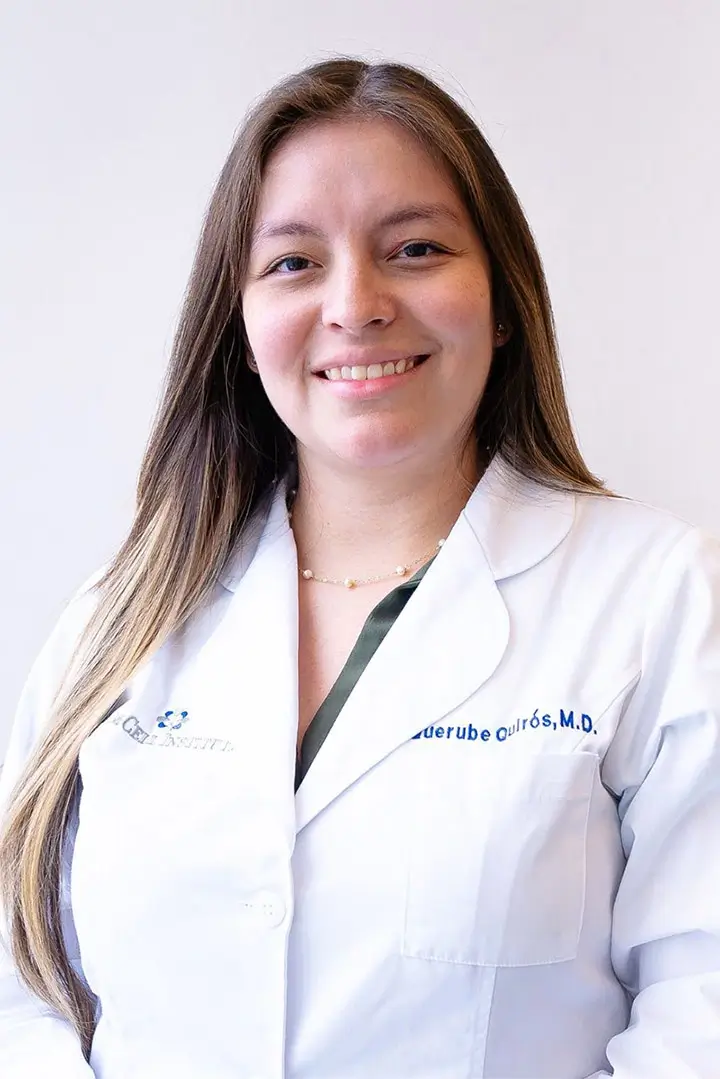Dr. Douglas J. Herthel of Alamo Pintado Equine Medical Center in Los Olivos, California was one of the first practitioners to use stem cells, beginning in 1995. Herthel used stem cells from bone marrow to treat ligament and tendon injuries in horses. The results from these treatments were so promising that he began using stem cells to treat other various conditions as well.
The treatment has since been used to treat common equine issues such as laminitis, as well as spinal cord injuries. A dramatic example is that of a donkey who suffered a spinal cord injury as was quadriplegic. The donkey regained full function following a stem cell treatment. “It’s certainly an exciting time to be in the veterinary field,” Dr. Herthel said. “You’re talking about potential cures for things, rather than just palliation. And you’re also talking about maybe less pharmacological use.” Adair, an Irish Draught Cross horse had a very severe case of chronic forelimb laminitis, so severe in fact, that without a dramatic improvement he would have to be euthanized. Adair was treated with stem cells in early 2010, 48 hours following treatment he appeared to be in less pain and six weeks later, his hooves had grown almost halfway back.
Dr. Johnson, Adair’s owner, started using stem cells in 2001 to treat tendinitis in racehorses. “The funny thing about science or lack thereof in clinical practice is you try something for what has historically not been an easy problem to fix, and you have some limited success, and you carry on,” Dr. Johnson said. Some doctors performing stem cell treatment extract and process the cells in house, while others order stem cells from another horse. Many doctors send tissue samples to Vet-Stem Inc. or other laboratories to process the cells. Dr. Robert J. Harman, Vet-Stem’s chief executive officer, said his company has processed stem cells from fat samples for about 8,000 patients since starting in 2004. About 4,000 veterinarians have completed the Vet-Stem credentialing course on stem cells as a therapy. “Once they’ve been through the course, most people are pretty strong believers that this has a place in veterinary medicine,” Dr. Harman said.
Vet-stem treats mostly horses, as well as some dogs and cats. The treatments for horses are generally for tendon and ligament injuries, while most dogs receive treatment for arthritis. Many of the dogs treated are athletes, but some are also family pets. While this is good news for people who want to see the best treatment given to man’s best friend, others caution against getting too excited over the current stem cell therapies.
Dr. Brennen A. McKenzie of Adobe Animal Hospital in Los Altos, California believes that the evidence of efficacy is preliminary. He believes that the clinics should offer the treatment as an experimental treatment in the form of a clinical trial.
A new organization, the North American Veterinary Regenerative Medicine Association, is seeking to act as a clearinghouse of information on stem cells in veterinary medicine, said Dr. Owens, director of the UC-Davis Regenerative Medicine Laboratory and NAVRMA secretary-treasurer. Hundreds of practitioners and researchers have expressed interest in being a member of the NAVRMA, and the first meeting will be in June.
The FDA has the authority to regulate the use of stem cells in animals, as they have done in humans. However, as of yet there are no specific regulations regarding the treatment of animals with stem cells.

